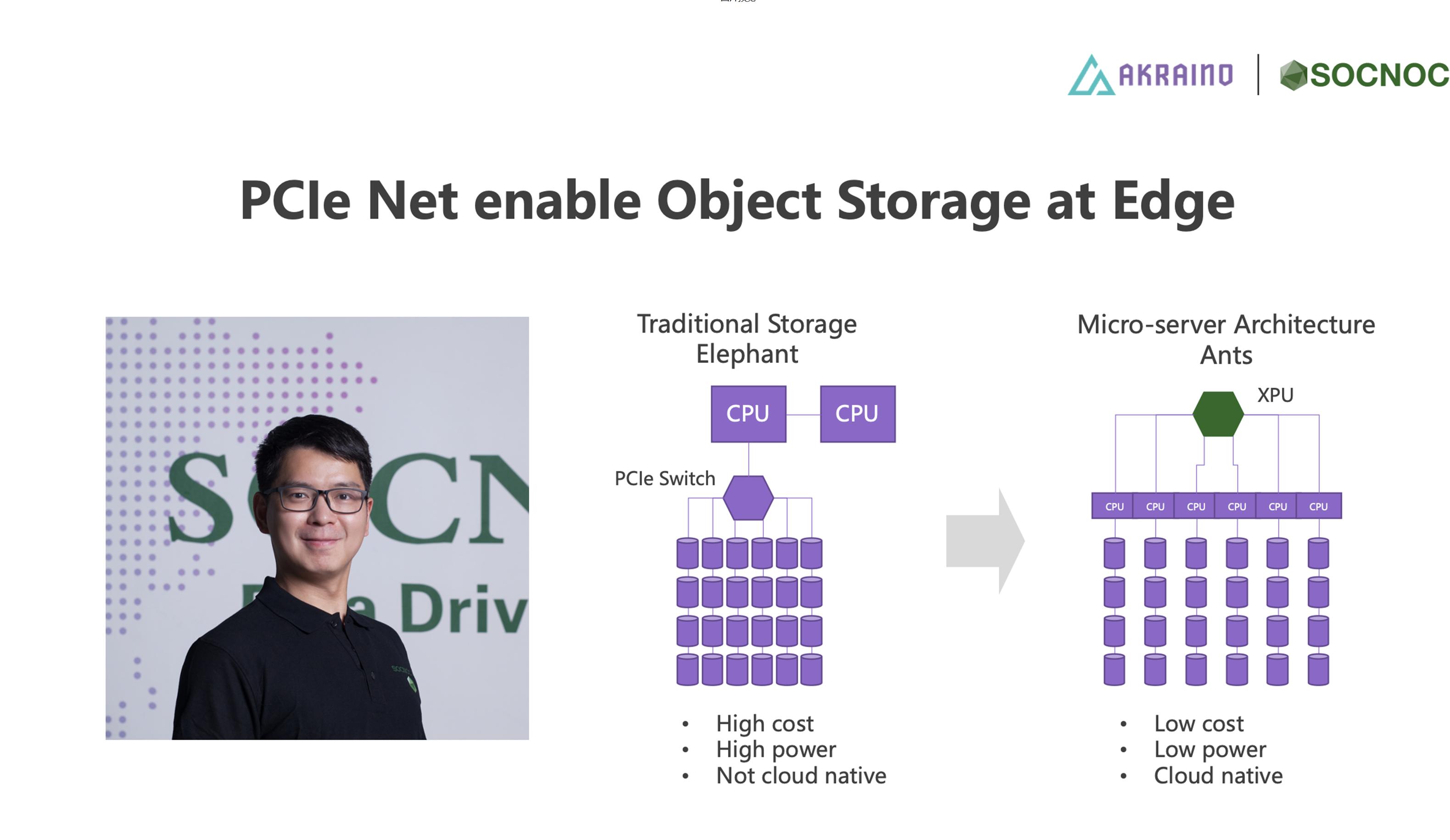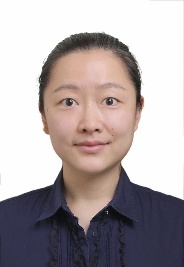LF Edge announcement: https://www.lfedge.org/event/akraino-fall-technical-summit/
Registration form: (Just fill in one of it)
Please reach out to TSC Chair/Co-chair in case need formal invitation letter for VISA/Travel/External Speakers.
CFP Form: https://docs.google.com/forms/d/e/1FAIpQLSfssXu8jxLWWIQpljrqVJMipfOlJWLd-KEXTcNVCSP3UOvD6w/viewform?usp=sf_link (Deadline is August 20, 2022)
Wednesday, Day 2
Theme: NextArch Edge
Host: Software Convergence Education Institute, Jeju National University, (Confirmed)
South Korean Standard Time:(Please note this is the South Korean Time)
- Day: September 22, 2022 (Thursday)
- Duration: 10:15 AM ~ 3:30 PM, SKT
Address:
Cheomdan Campus, Jeju National University
(1st Floor Hall) 36, Cheomdan-ro 8-gil,
Jeju-si, Jeju-do, 63243, REP. OF KOREA
Zoom:
https://zoom.us/j/94078854780?pwd=ZmYzdVBDQ0x5VnRJaWlxN2wyTjlldz09
Meeting ID: 940 7885 4780
Passcode: 195443
Meeting Recording:
Time Zone: All times below are South Korean Standard Time US Pacific Time Zone on Wed. September 21, 2022
Time | Topics |
| 10:15 AM - 10:25 AM | Key notes |
| 10:25 AM - 11:00 AM | Practice and Thinking of CFN (Computing Force Network) in China Mobile Abstract: Introduces the new concept, new goal and vision of China Mobile's Computing Force Network (CFN), as well as including China Mobile's research progress and practice in multi-cloud management, ubiquitous computing force scheduling etc. Hanyu Ding |
| 11:00 AM - 11:40 AM | PCIe Net enable Object Storage at Edge As the edge computing prevailing, the number of edge clusters are growing in million scales. The traditional mega data center with millions servers located in one site evolve to millions of small clusters worldwide. Hence we need a new solution not only account for this architecture shift, but also for energy constrains. In this talk, we will introduce a novel PCIe-based system-level interconnect model and arm based micro-server cluster to make clusters more compact and energy-saving. As the practical application, we use object storage as an example and show how well the energy efficiency this architecture can achieve. Keywords: PCIe Net, object storage, micro-server cluster, edge computing. Bio: Dr. Fu Li (LEO) Leo Li The pioneer of cloud native application on PCIe-based networking system. Dr. Fu Li comes with experience on cloud computing, HPC, named-data networking and system-level architecting and algorithm optimization. |
11:40 AM - 12:20 PM | China Unicom's 5G MEC and Private Network Practices Abstract: China Unicom's practices on MEC and 5G Private Network will be introduced. Rong Huang |
12:20 PM - 12:50 PM | OpenStack at the Edge Ildiko Vancsa Senior Manager, Open Infrastructure Foundation BIO: As a senior manager I have a strong strategic mindset with an attention to detail and over 10 years of experience in technical leadership. An experienced speaker, I have been on stage in front of thousands of people, work with media and analysts, create strategic content for blogs and articles and can address both executives and developers at their level. |
12:50 PM - 1:15 PM | Highlights of LF Edge/Akraino Cloud Game White Paper Davy Zhang Software Director, Y-semi Computing |
| 1:15 PM - 1:40 PM | |
| 1:40 PM - 3:59 PM | NextArch at the Edge Cloud-native infra on edge clouds Modern computing workloads are moving to the edge (eg CDN or MEC networks) to achieve better performance and security. However, traditional cloud native tool-chains and architecture are too heavy and too slow for edge cloud’s resource constraints and performance requirements. WebAssembly is emerging as a secure, lightweight, high performance, and Kubernetes-compatible sandbox for edge-based micro-services. Streaming functions A typical IoT edge application consists of data streams from devices or other sources, and a time series database for data storage and analysis. A streaming function intercepts the data stream, processes each data point, and then decides the next actions (eg to save to DB or to raise an alert). It allows streaming data to be processed on the fly. Edge AI Edge data often needs to be processed locally or on the close edge for performance and security. Edge functions could apply AI models for inference on heterogeneous hardware (eg GPU, NPU, TPU and AI accelerator chips) on edge devices or edge cloud nodes. Real-time Collaboration on Web HTTP/3 and WebTransport protocol enables presence events with real-time synchronization, implements decentralized collaboration features on browser. Speakers: Michael Yuan, Founder & CEO of SecondState, Maintainer of WasmEdge Runtime. https://github.com/WasmEdge/WasmEdge C.C. Fan, Founder & CEO of AllegroCloud, Maintainer of YoMo, https://github.com/yomorun/yomo |


